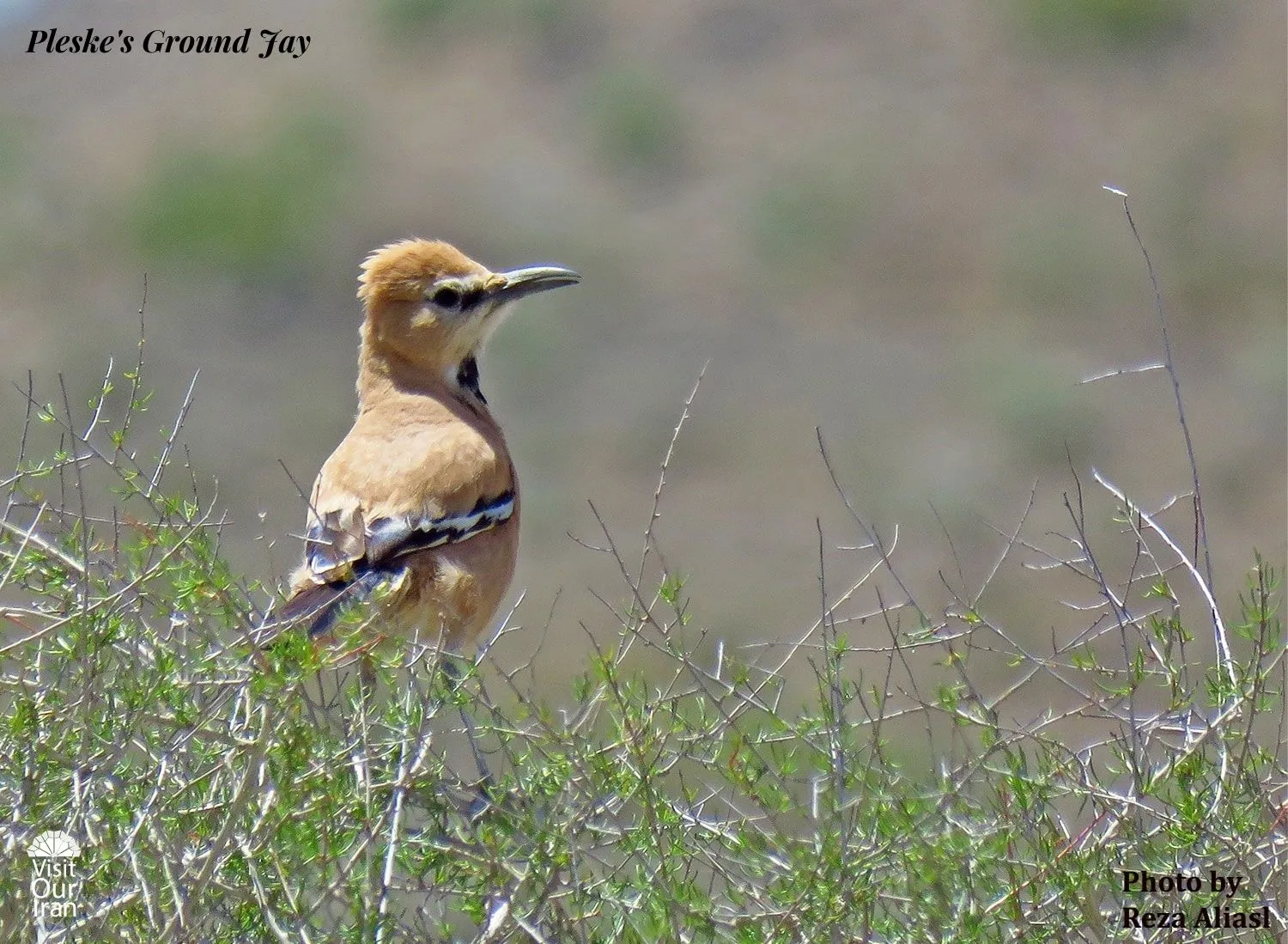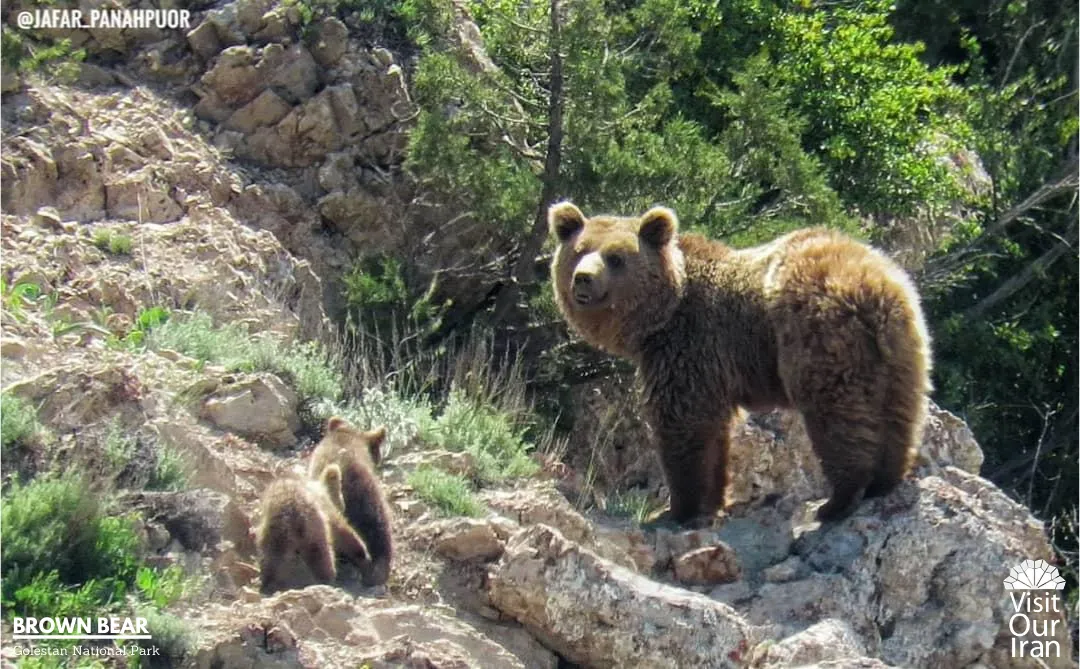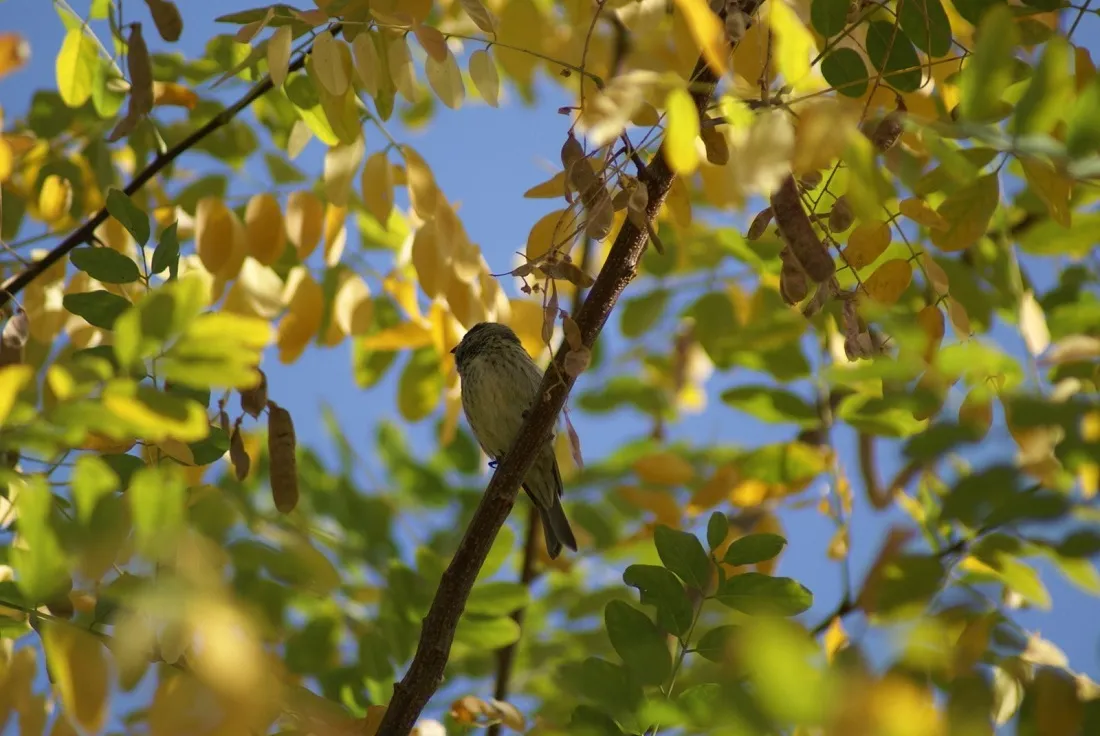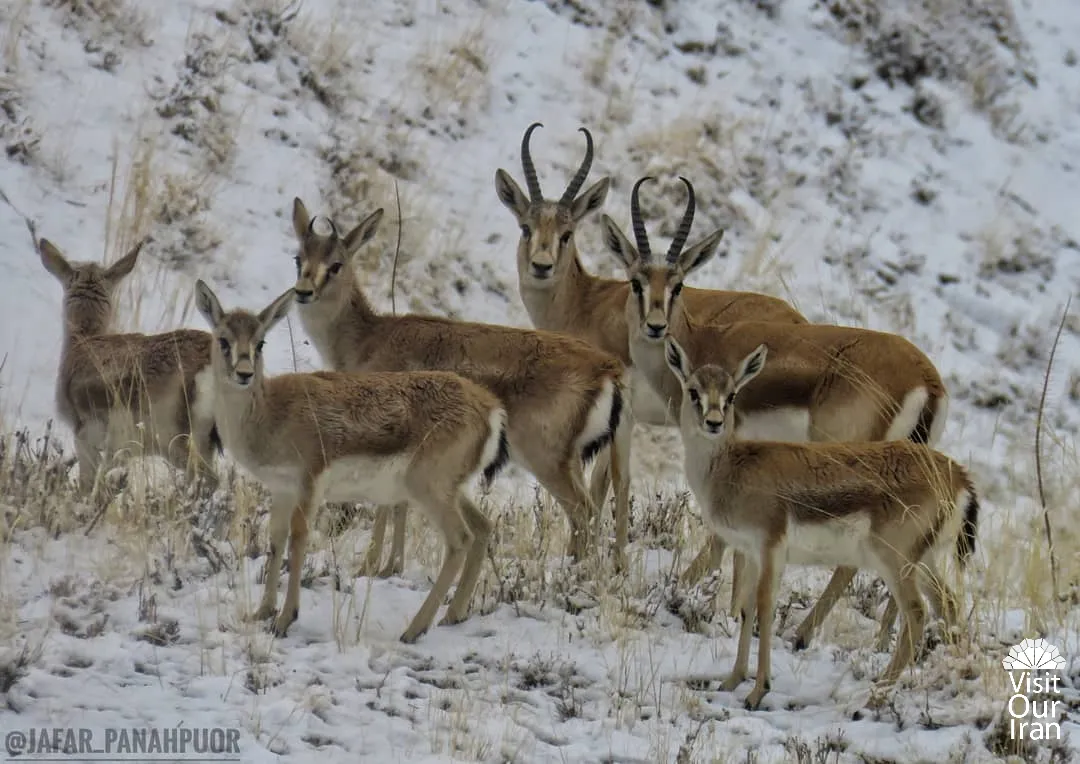The Excitement of Birding Experience in Iran
As we were getting closer to the Fereydunkenar Weland, I could repeat our guide’s words in my mind. All the thrilling moments he had explained last night were repeating themselves. We were headed to monitor the last western Siberian crane left on earth. This bird migrates to Iran each year and comes to revisit the last place he was beside his mate. The story of this lonely bird called Omid (i.e. hope in Persian) is a famous story and I, among many, was really eager to observe it.
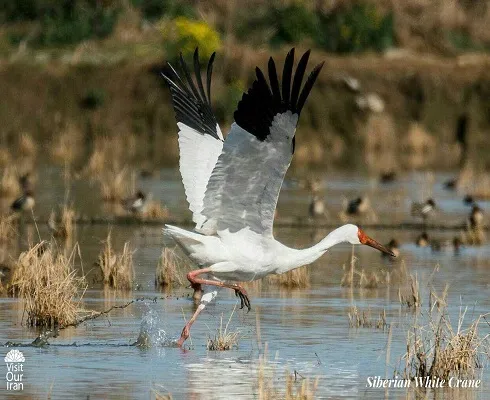
“Despite its rather large figure, finding the Siberian crane is a bit challenging in this area. Fereydunkenar is the place where a great number of migratory birds find as their destination. Unfortunately, many local people in this area have claimed possession of the surrounding fields of the wetland and have chosen hunting as their main job. These people have turned this beautiful place into a slaughterhouse for birds, so reaching the Siberian crane is risky and difficult.”
Nothing’s impossible, though; I was there to see Omid, and I saw him. We had arranged with the hunters and locals to search the area; still, it was possible to run into some trouble. As cautiously as possible, we passed among the small ponds and the thick tall vegetation. From time to time, Reza stood with his head above the reeds and looked through his binoculars. He suddenly said: “Come, come, heavy and slow, it’s there.” His thrilling voice grasped my heart, and I felt it beating wildly for a few seconds. He was standing in the water with his hunched back and looked around as if he felt like a lost, forgotten soul.
Birding in Iran: Is Iran a good destination for bird watching?
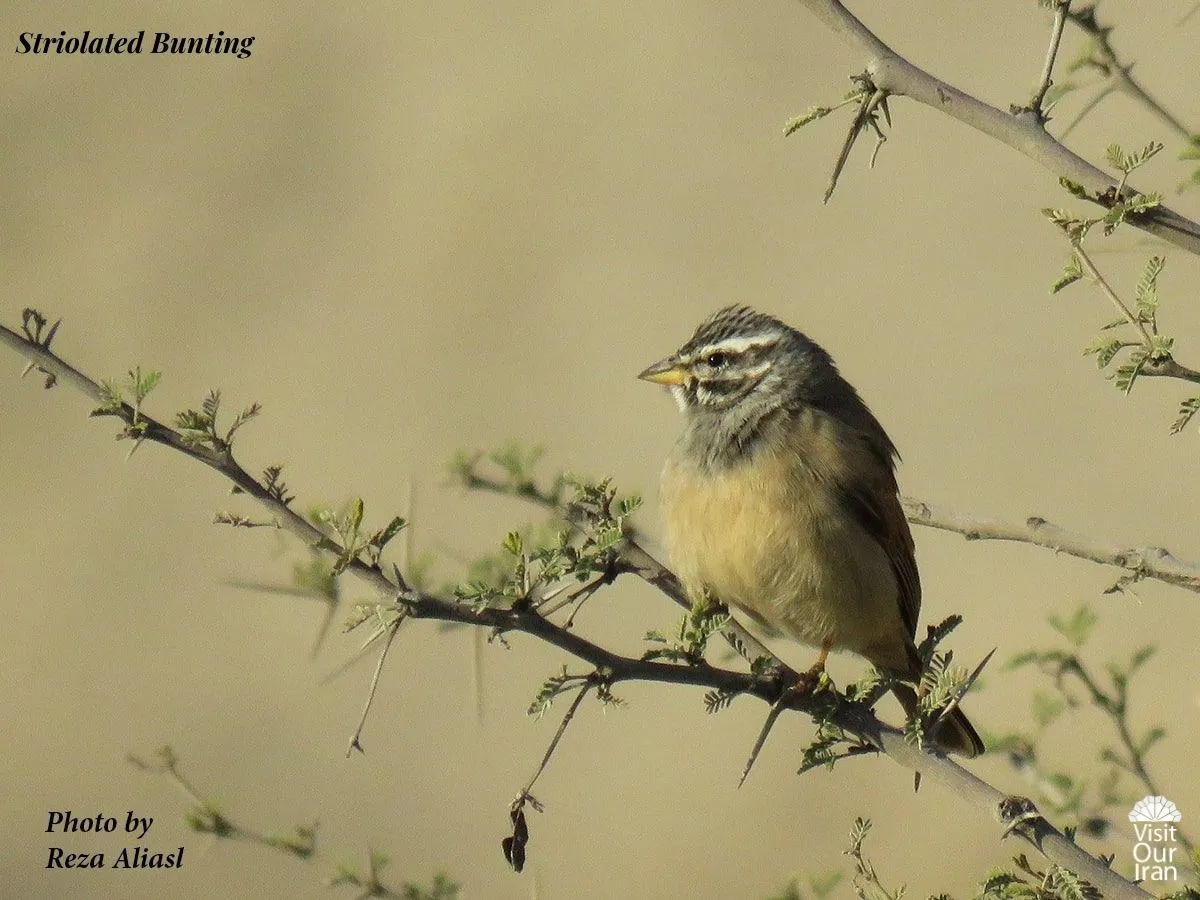
Two years ago, I went on a bird-watching tour in Iran. During that time, I had the chance to meet devout people like Reza, the Iranian environmentalist and birder, whose life and efforts were dedicated to wildlife conservation, especially, the conservation of birds that were totally neglected in Iran. If I were to write a travelogue on my birding experience in Iran, I would not say that I’ve visited one of the best-known birding sites in the world. Rather, I would challenge those sayings against the natural merits of this country and those who believe that there’s little potential of seeing something truly special. This country counts to be one of the good destinations for birding and birdwatching since it has embraced more than 550 various bird species, and Iran has the privilege to be the perfect place to locate a few rare species such as Caspian (Hyrcanian) tit, Basra reed warbler, and the endemic bird of Iran, Pleske’s (Iranian) ground jay.
If you are interested in creating and recounting your own stories and experiences of birdwatching in Iran, you can join us in any of our Birding Tours or Wildlife Experiences to enjoy the amazing biodiversity in Iran.
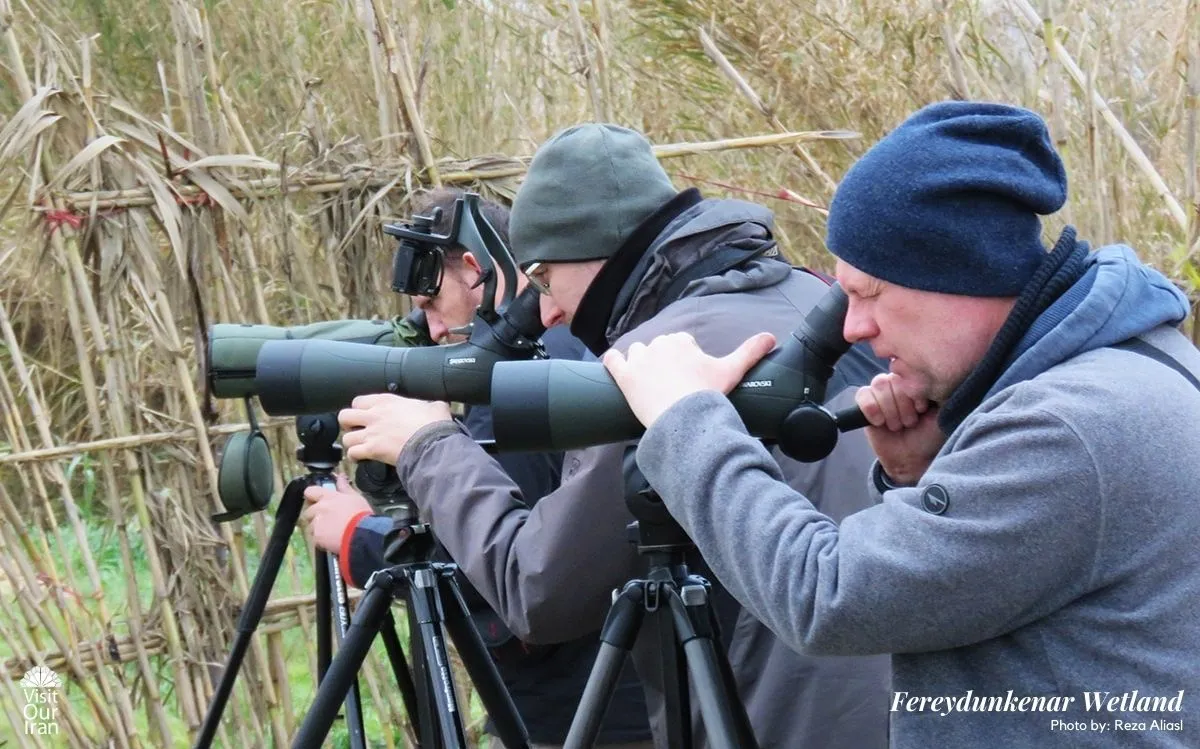
The overwhelming climatic diversity in Iran has led to awe-inspiring biodiversity throughout the expanse of this vast country. This biodiversity has privileged Iran with rich vegetation and wildlife. The existence of various habitats among the 50 million-year-old Hyrcanian forests, mountainous fields, vast steppes, winding rivers, azure seas, and even deserts in Iran has led to the formation of more than a hundred IBAs like Miankaleh Wetland. (IBAs or Important Bird Areas are internationally identified areas home to globally important bird populations that apply specific criteria for conserving those critical species.)
Due to its geographical location, Iran lies on the path of the Black Sea/Mediterranean migratory waterbird flyway. That is the main reason why Iran’s wetlands are filled with many significant migratory birds during the cold seasons. Many migratory birds such as the Siberian crane, the common pochard, white-tailed sea-eagle, Dalmatian pelican, White-headed duck, and red-breasted goose prefer the wetland on the northern coast of Iran and visit the Caspian Sea. On the other hand, notable species such as the sooty gulls, great knots, crab-plovers, grey hypocolius, Socotra cormorants, and Persian wheatears (or red-tailed wheatear) prefer the unique warmness of the southern coast, along the Persian Gulf.
The Unpredictable Marvels of Birding Experiences
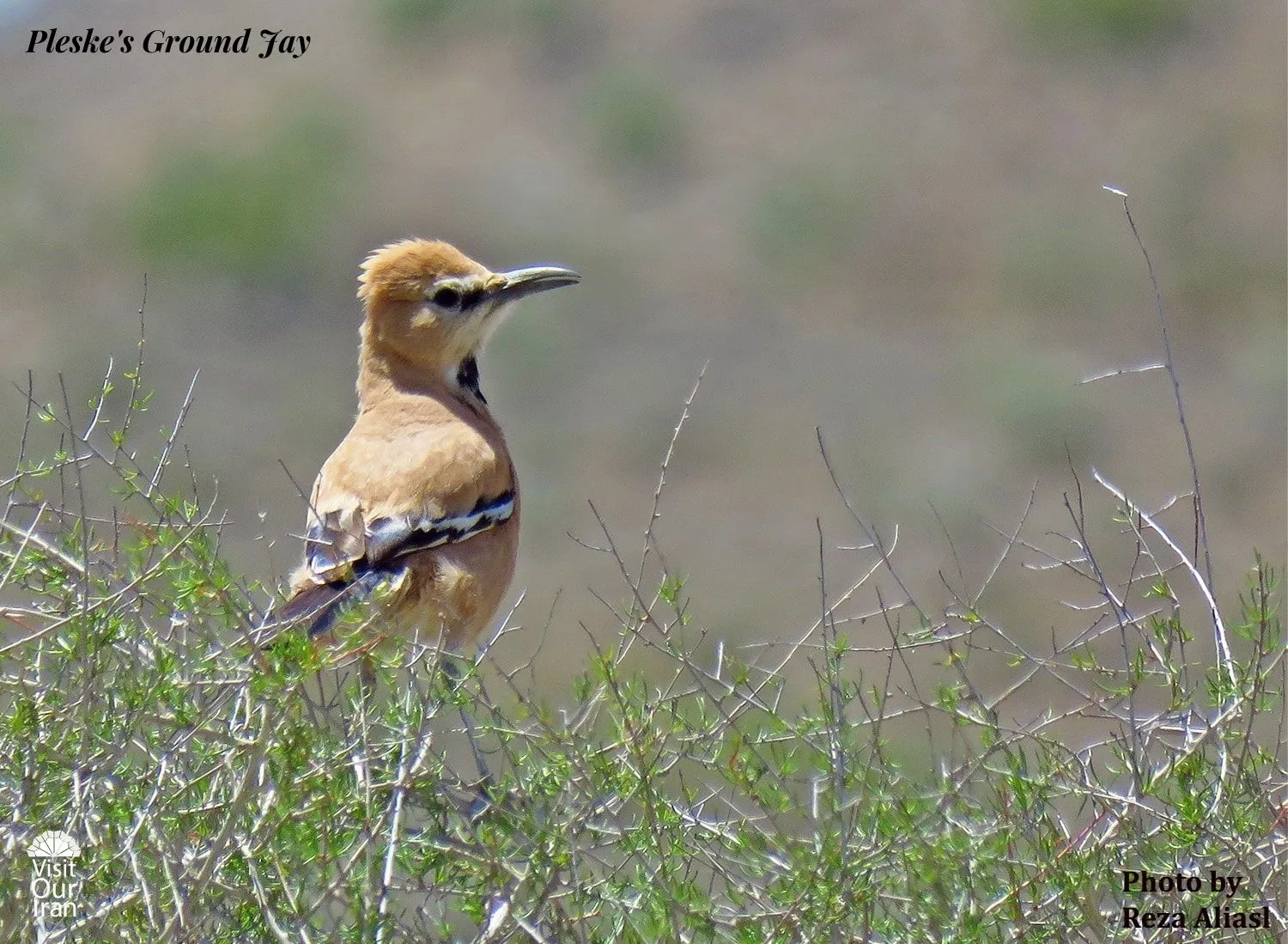
To me like many others, probably, the delight of my birding journey multiplies as soon as I get to see the endemic birds of a country. Iran, with such vastness, has only one endemic bird, but this one endemic bird is unbelievably gorgeous and beautiful. Observing Pleske’s ground jay (also called Iranian ground jay) in the central desert of Iran turned out to be a memorable experience to me. If I were to describe it to you, I would say there was a magical bond between its puffy pretty little figure and its habitat. It was as If its body was painted to represent the desert, and its voice as it sang filled the air, mixed with the heavy tone of the breeze. You could see them either walking on the sandy spans of the desert or resting on top of a shrub.
Another specific bird I wanted to see in Iran was the Sind Woodpecker. This particular bird is not endemic to Iran, but Iran’s southern coastline was a perfect place to search. On our way towards Minab, Reza, our birding guide, told us about his experiences and how demanding his job is. His words somehow mirrored our next two days. We spent the whole next day in the beautiful country lanes of Minab County to see a Sind woodpecker, but we were not successful. We saw sooty gulls, great knots, crab-plovers, and all other target species of that region, but not the Sind woodpecker.
The next day, Reza tried playing a track of Sind woodpecker’s voice to draw their attention to our location, but it was even more difficult to distinguish it. “Sind woodpecker is very similar to the Syrian woodpecker, and the fact that in a few cases, these two species mate and result in the existence of a third hybrid species makes it even harder to distinguish them.” At the close of the day, we were all disappointed and dispirited. But it was only through the first red rays of the setting sun that I say one of them on a palm tree. The scarlet feathers on its head shined, and I knew somehow certainly that it was a Sind woodpecker. Reza approved, and the next moment welcomed us was a rush of joy.
Iran’s Best Birding Habitats and Destinations
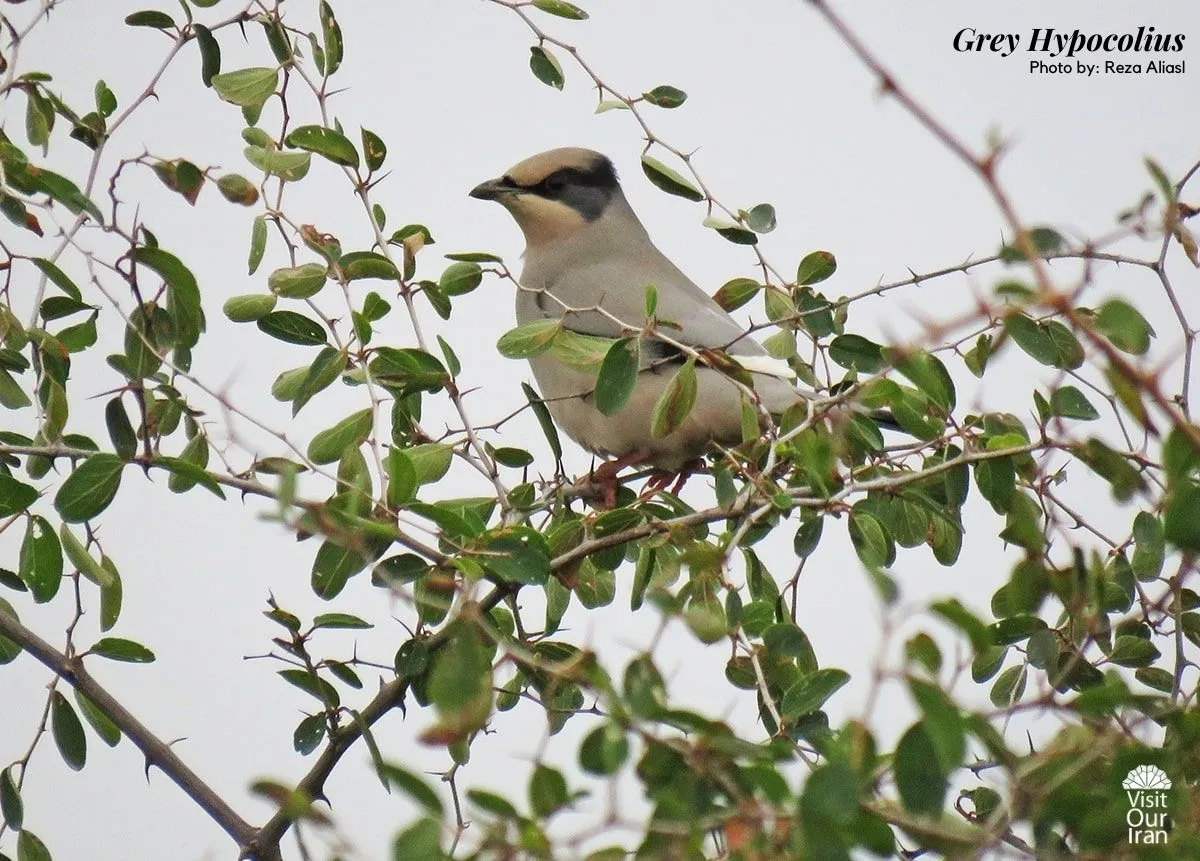
The climatic diversity in Iran has turned it into a country with many privileges and wonders to offer. Northern Iran enjoys the hospitality of the Caspian Sea, Alborz Mountains, and Hyrcanian Forests. These environments have created outstanding habitats and ecosystems where we see notable birds such as the Caspian snowcock over the heights of mountains, the Caspian tit on the branches of 50 million-year-old trees, woodpeckers, and many more in Golestan National Park. Iran is also counted as a rich country regarding its numerous wetlands along the northern and southern shore. Fereydunkenar, Miankaleh, Alagol, Almagol, and Gomishan wetlands are among the northern ones that are home to significant migratory birds.
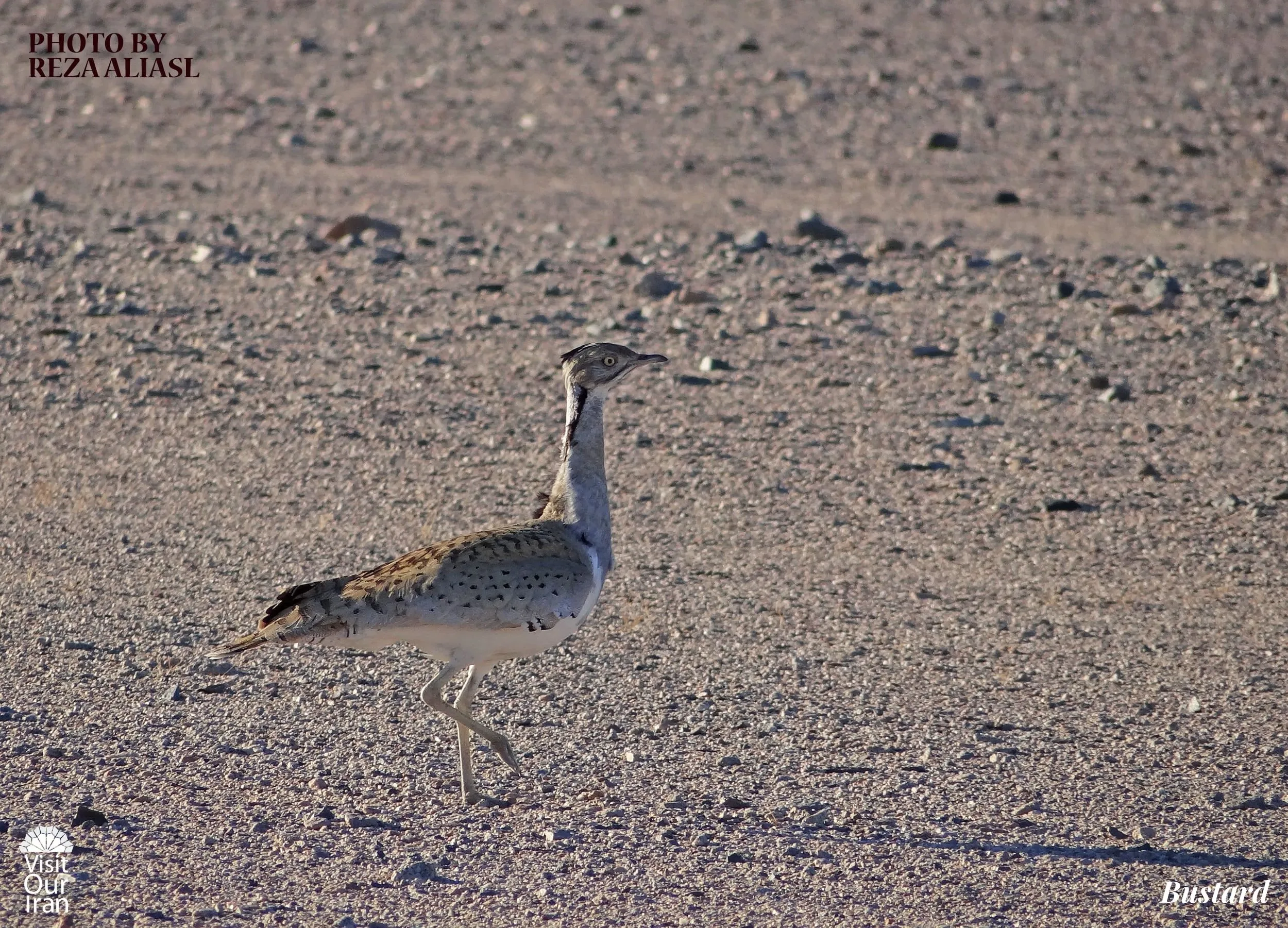
The central expanses of Iran mainly include semi-arid areas and deserts. One of the perfect destinations for birding and wildlife experience is Turan National Park. This biosphere reserve is home to the endemic bird of Iran, the Iranian ground jay. Iran’s central deserts are also a perfect destination to see the elegant Macqueen’s bustard.
Other prominent bird-watching sites have gathered in the southern coast of Iran and particularly the stretch of Hormozgan Province. Many wetlands and estuaries have scattered on the south edge of this province, where birds like the oriental white eye hide among the mangrove trees. Sourgalm village, Khor Khalasi estuary, Azini, and Tiab wetlands are the notable birding hotspots among these gorgeous mangrove forests and wetlands. The beach of Bandar Abbas is itself a dreamy world of aquatic birds and herons. Incredible species like the Basra reed warbler, African darter, goliath heron, and Iraq babbler are observable around the significant wetlands of Shadegan and Hoor-al-Azim in Khuzestan Province. Close to these wetlands lies the emerald green village of Pamenar, a great destination to search for the brown fish owl.
The Most Memorable Moments
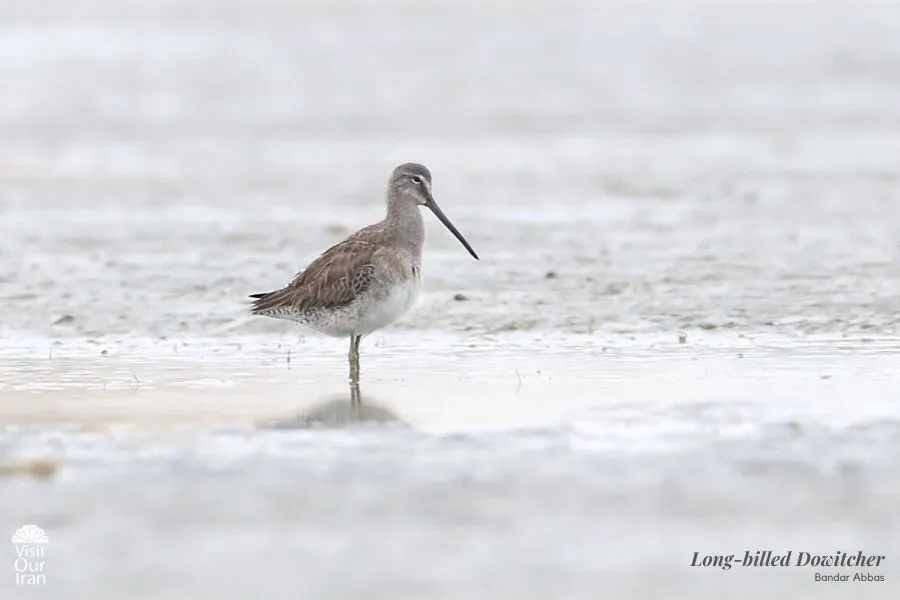
What could be the most surprising event of a birding trip? The most surprising event of my trip happened when we had reached Bandar Abbas Beach. Its unique sites and their spectacular natural beauty presented us with an excellent opportunity to see herons and aquatic birds like swift terns, lesser crested terns, sandwich terns, and great knots. However, it was seeing the long-billed Dowitcher that surprised us all. Some of us had already seen this bird in North America, but it was weird to see it in the Middle East and particularly Iran.
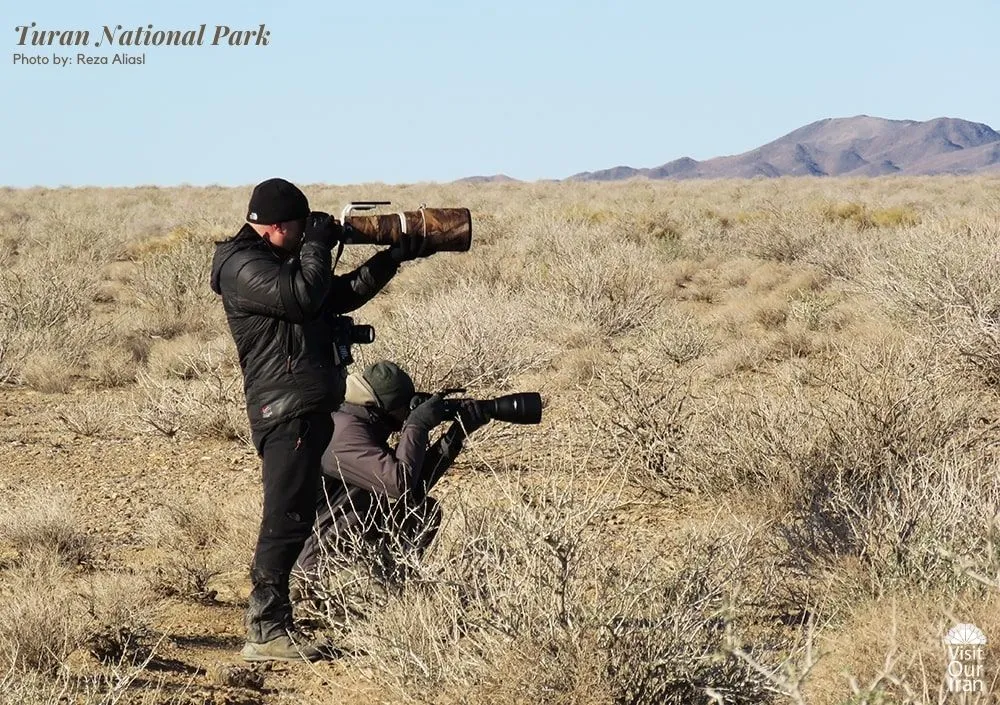
“That is almost impossible. How come that such a bird is here in southern Iran?! What a long distance has it flown to reach this region! How did this little wanderer end up here and choose it as its new home?! Honestly, I always wanted to experience such a moment, to be the first to monitor a bird in Iran and set it as a record for my country!!!” Said Reza, who was apparently over the moon to see a long-billed dowitcher. He had suddenly found a bridge between his dreams and the real world, and we were all delighted to share the moment with him. This devout man deserved such delight, and we all rejoiced in his happiness.
My birding experience in Iran was, with all its risings and downfalls, an amazing one. I would not claim that Iran is the perfect destination for a birder, but I guarantee that the journey worth it. You have to give it a go and monitor many beautiful birds in the spectacular sceneries of this grand country! The journey’s excitement and fun even multiply if you are interested in exploring the other highlights of Iran in nature, history, culture, and wildlife.
